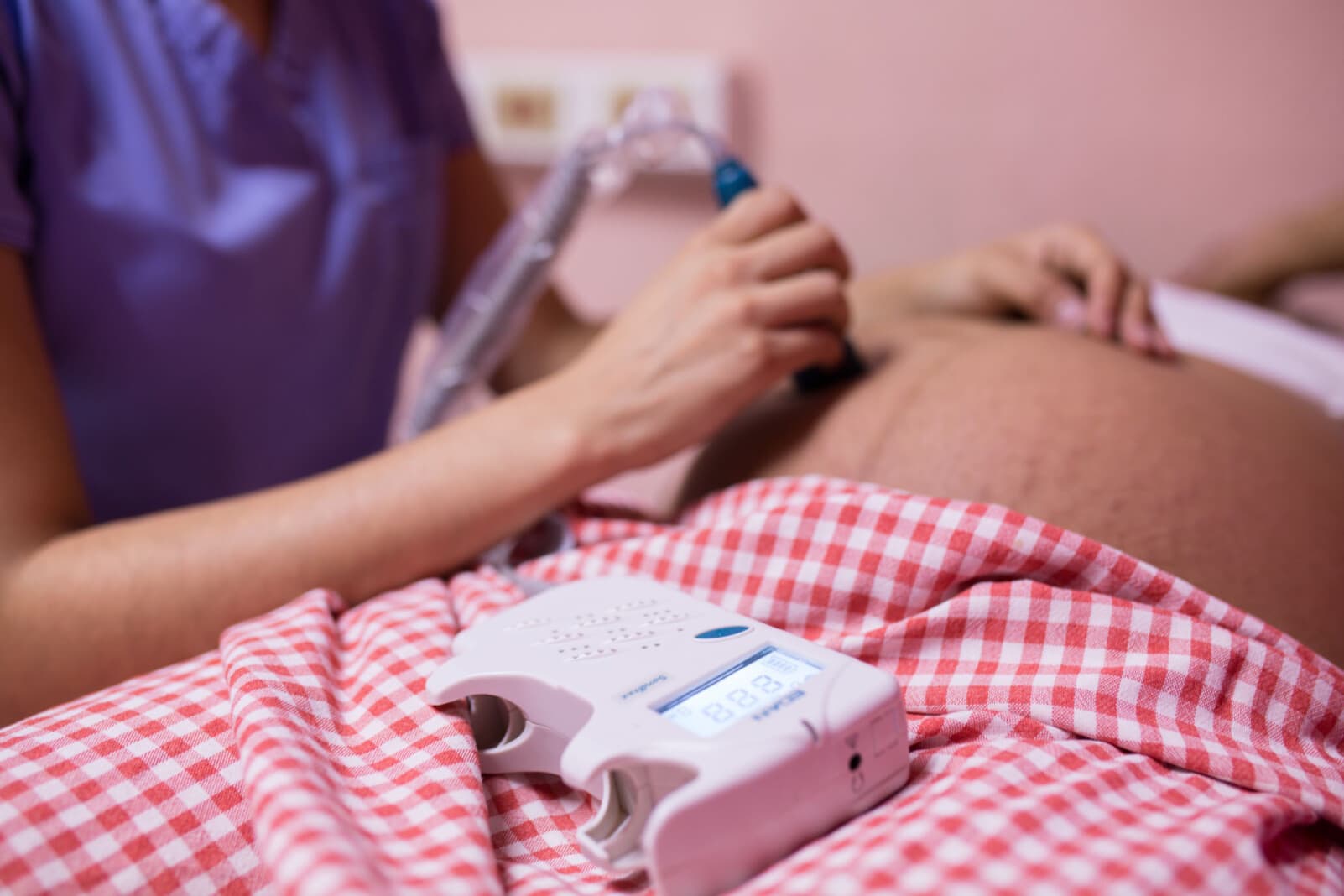Early childbearing can have severe consequences for adolescent girls
Globally in 2022, an estimated 13 per cent of adolescent girls and young women give birth before age 18. Early childbearing, or pregnancy and delivery during adolescence, can derail girls’ otherwise healthy development into adulthood and have negative impacts on their education, livelihoods and health. Many girls who are pregnant are pressured or forced to drop out of school, which can impact their educational and employment prospects and opportunities. Early pregnancy and childbearing can also have social consequences for girls, including reduced status in the home and community, stigmatization, rejection and violence by family members, peers and partners, and early and forced marriage.
Adolescent girls, especially those in early adolescence, are particularly vulnerable to the health consequences of pregnancy and delivery as their bodies may not be physically ready. Obstetric fistula, eclampsia, puerperal endometritis and systemic infections are just some of the serious conditions that they may face in the short- and long-term. Globally, maternal conditions are among the top causes of disability-adjusted life years (DALYs) and death among girls aged 15-19.
Globally, almost one in six young women give birth before age 18
Approximately 13 per cent of adolescent girls and young women globally reported giving birth before age 18 in 2022. This percent, however, has been found to vary by a number of factors including the region, the country, the location within the country (rural vs. urban), and the adolescent girl’s or young woman’s levels of income and education.
While about 10 per cent of adolescent girls and young women in South Asia gave birth before age 18 in 2022, this percentage more than doubles when considering the regions of sub-Saharan Africa. In both Western and Central Africa and Eastern and Southern Africa, around 25 per cent of adolescent girls and young women during this same period gave birth before age 18. In these regions, this amounts to an estimated 11 million young women.
The adolescent birth rate, or the annual number of births to adolescent girls and young women aged 10-14 or 15-19 years per 1,000 adolescent girls and young women in that age group, is another critical measure of early childbearing. The global adolescent birth rate from 2022 was about 2 births per 1,000 girls aged 10-14 and 42 births per 1,000 adolescent girls and young women aged 15 to 19. West and Central Africa, for example, had the highest regional adolescent birth rate at 5 births per 1,000 adolescent girls aged 10-14 and 105 births per 1,000 adolescent girls and young women aged 15-19. Conversely, Western Europe, Eastern Europe and Central Asia and North America had some of the lowest regional adolescent birth rates at close to 0 births per 1,000 adolescent girls aged 10-14 and 8, 19 and 14 births per 1,000 adolescent girls and young women aged 15-19.
Despite recent advances in most regions towards reducing the burden of early childbearing, more progress is needed in those that are high burden
Since 2000, the global adolescent birth rate for the age group 10-14 has declined by around 50 per cent, from 3.3 to 1.5 per 1,000 adolescent girls aged 10-14. The global adolescent birth rate for the age group 15-19 has declined by over 30 per cent, from 65 to 42 births per 1,000 adolescent girls aged 15-19. This reduction in the global burden of early childbearing can be tied to improvements in almost all regional rates over this same period. South Asia and Latin America and the Caribbean, for example, have reduced their adolescent birth rates by 90 per cent and 44 per cent, respectively, for the age group 10- 14; and by 73 per cent and 37 per cent, respectively, for the age group 15-19.
While there was a reduction in adolescent birth rate by 50 per cent for adolescent girls aged 10-14 in sub-Saharan Africa, reduction rates for adolescent girls and young women aged 15-19 was only 23 per cent, indicating a need for more progress towards reducing the burden of early childbearing in the sub-Saharan African regions. West and Central Africa and Eastern and Southern Africa, for example, continue to hold adolescent birth rates well above the global rate at 4.9 and 4.2 births per 1,000 adolescent girls aged 10-14; and 105 and 93 births per 1,000 adolescent girls and young women aged 15-19.
It is important to note that despite the observed declines in adolescent birth rates in sub-Saharan Africa, the number of births to adolescent girls and young women has not actually decreased as the population size of adolescent girls and young women has grown substantially in sub-Saharan Africa since 2000.
Generally fewer adolescent girls receive antenatal, skilled delivery or postnatal care for themselves or their newborns as compared to older women.
In most regions, fewer adolescent girls and young women receive antenatal, skilled delivery or postnatal care for themselves or their newborns as compared to all women and girls.
As most adolescents who are pregnant are experiencing pregnancy for the first time, the need for careful monitoring and quality care during the antenatal, delivery and postnatal periods is generally more acute. Paradoxically, coverage of maternal health indicators, including contact with health system and quality of care, appear lower among adolescent girls than among all women and girls for most regions of the world. However, it should be noted that the difference in coverage between adolescents and all women is small in some regions, and in the case of Eastern and Southern Africa, coverage of skilled delivery and postnatal care for newborns is higher for adolescent girls.
Globally, 84 per cent of pregnant adolescents aged 15-19 attended at least one antenatal care visit as compared to 88 per cent of all women and girls aged 15-49. Fewer adolescent girls received skilled delivery care as compared to all women and girls (81 to 86 per cent). Additionally, fewer adolescent girls received postnatal care for themselves as compared to all women and girls (64 per cent vs 65 per cent). There were relative differences in terms of postnatal care for newborns in some regions. In West and Central Africa, for example, 57 per cent of newborns to adolescent mothers had a postnatal contact as compared to 61 per cent of newborns to all mothers. Together, these findings again highlight that greater investment is needed in supporting adolescent girls to realize their sexual and reproductive health rights and advance into safe and healthy adulthoods.
References
World Health Organization, 2017, Global Accelerated Action for the Health of Adolescents (AA-HA!): guidance to support country implementation. Geneva, 2017
WHO. Global health estimates 2019: deaths by cause, age, sex, by country and by region, 2000–2019. Geneva; 2019. United Nations, Department of Economic and Social Affairs, Population Division. World Population Prospects. Geneva, 2022.
Azzopardi P, et al. 2019. Progress in adolescent health and wellbeing: tracking 12 headline indicators for 195 countries and territories, 1990–2016. The Lancet, VOLUME 393, ISSUE 10176, P1101-1118, March 16, 2019. DOI: https://doi.org/10.1016/S0140-6736(18)32427-9
Early Childbearing Data
Maternal and Newborn Health Coverage
Build and download your own customisable dataset
Resources
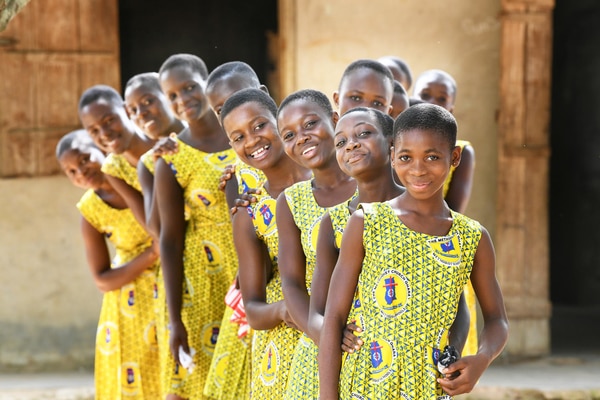

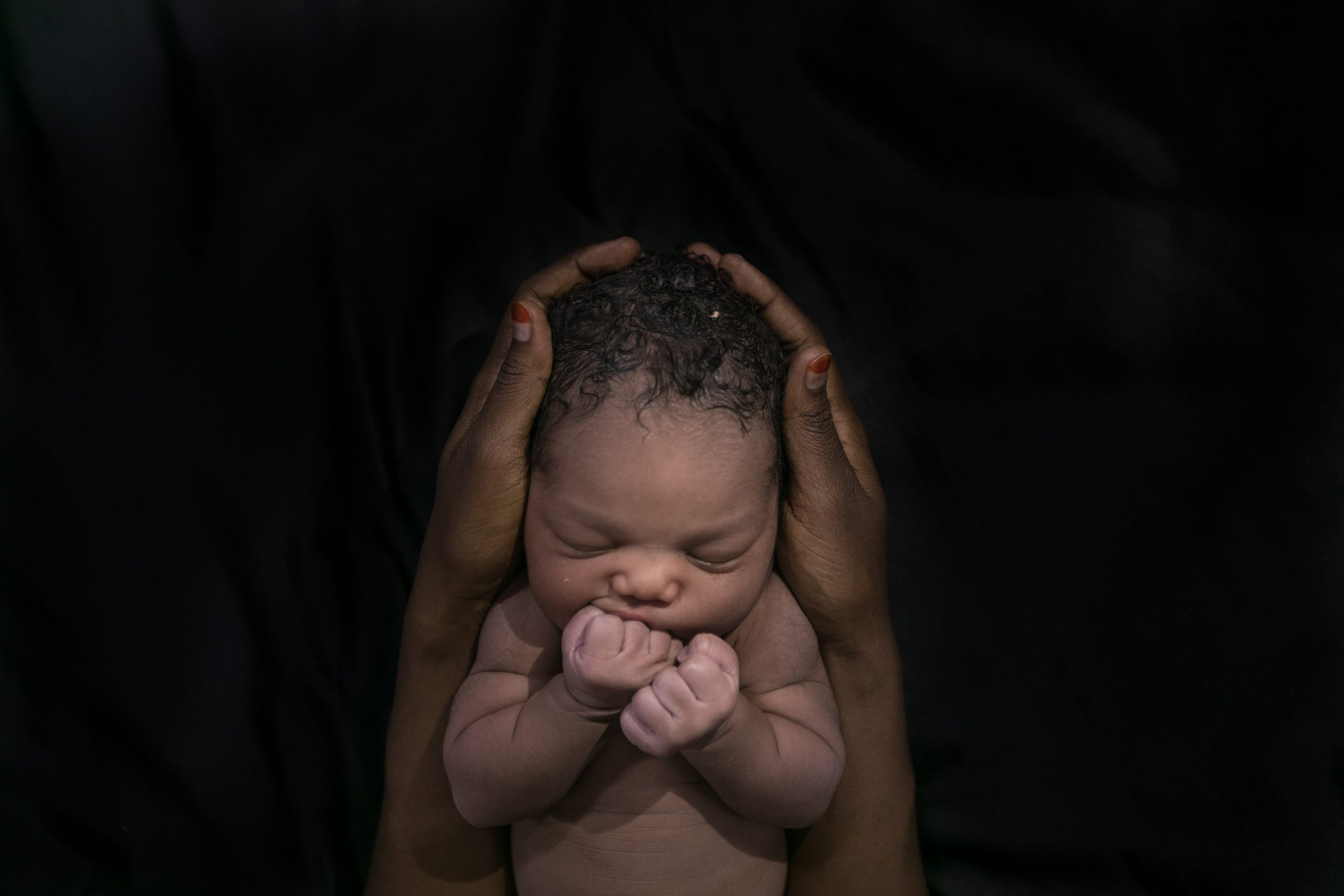
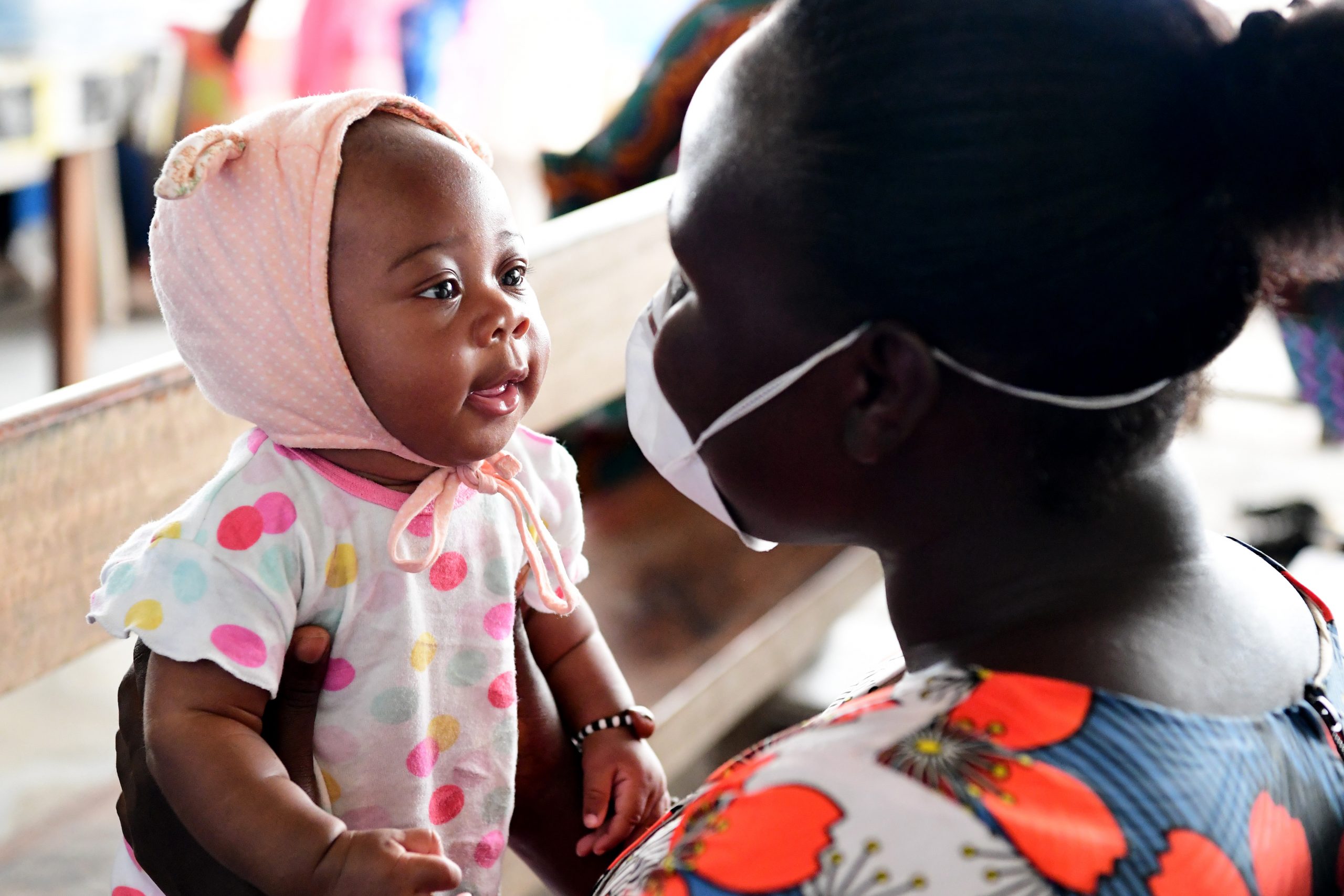
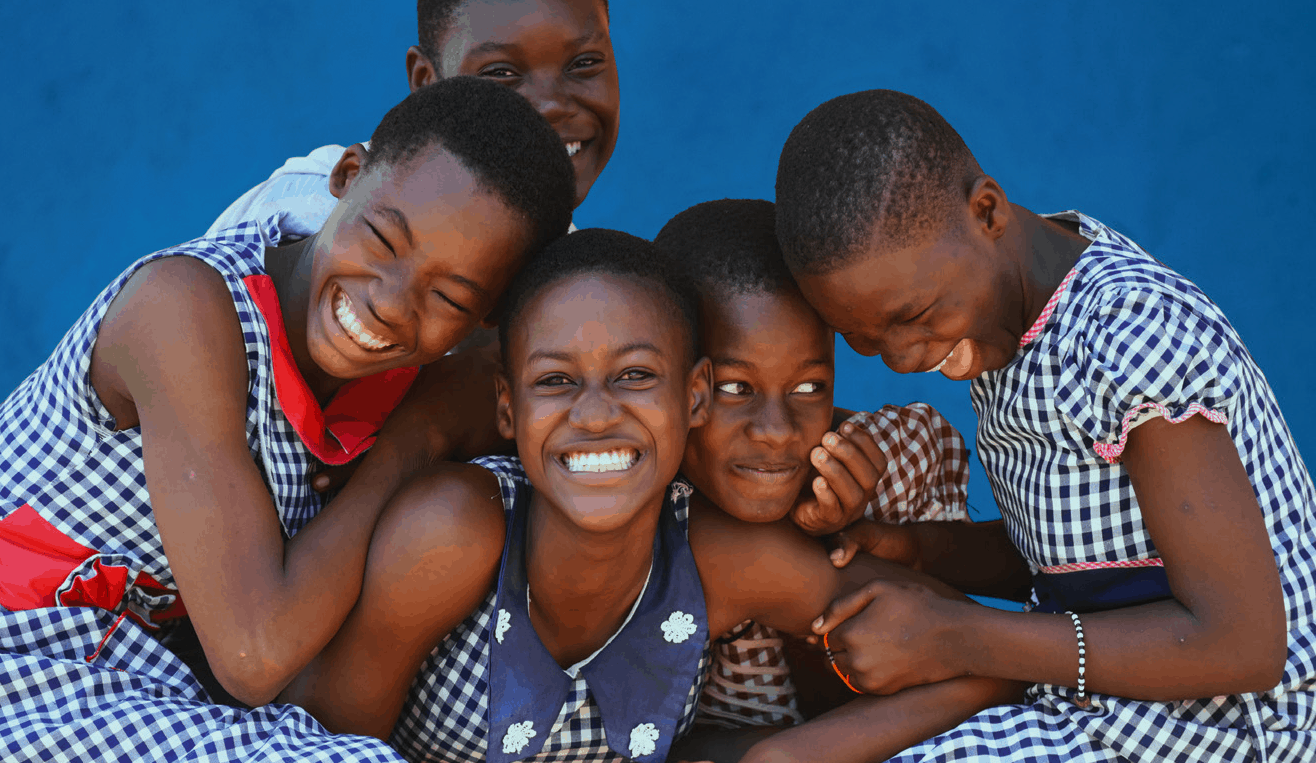

SUB-TOPICS
Adolescent well-being encompasses many dimensions and UNICEF monitors several adolescent-specific indicators in the following vital areas:
